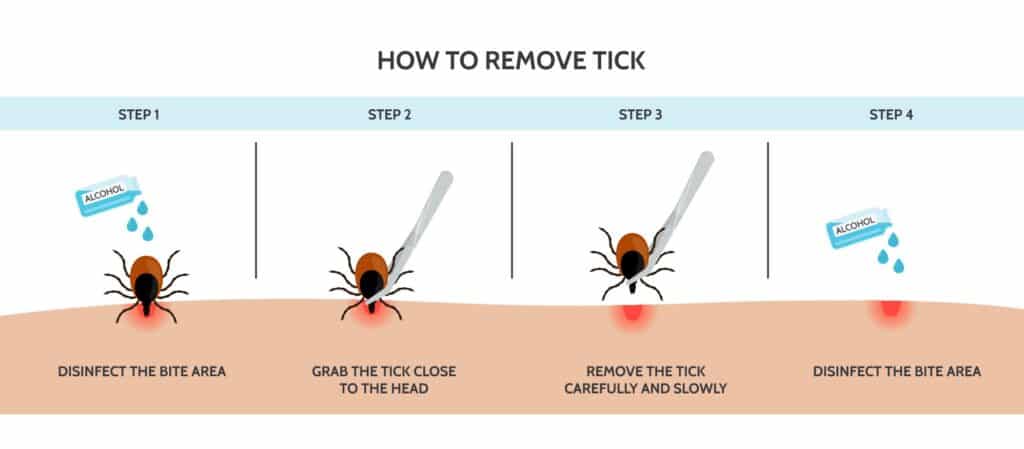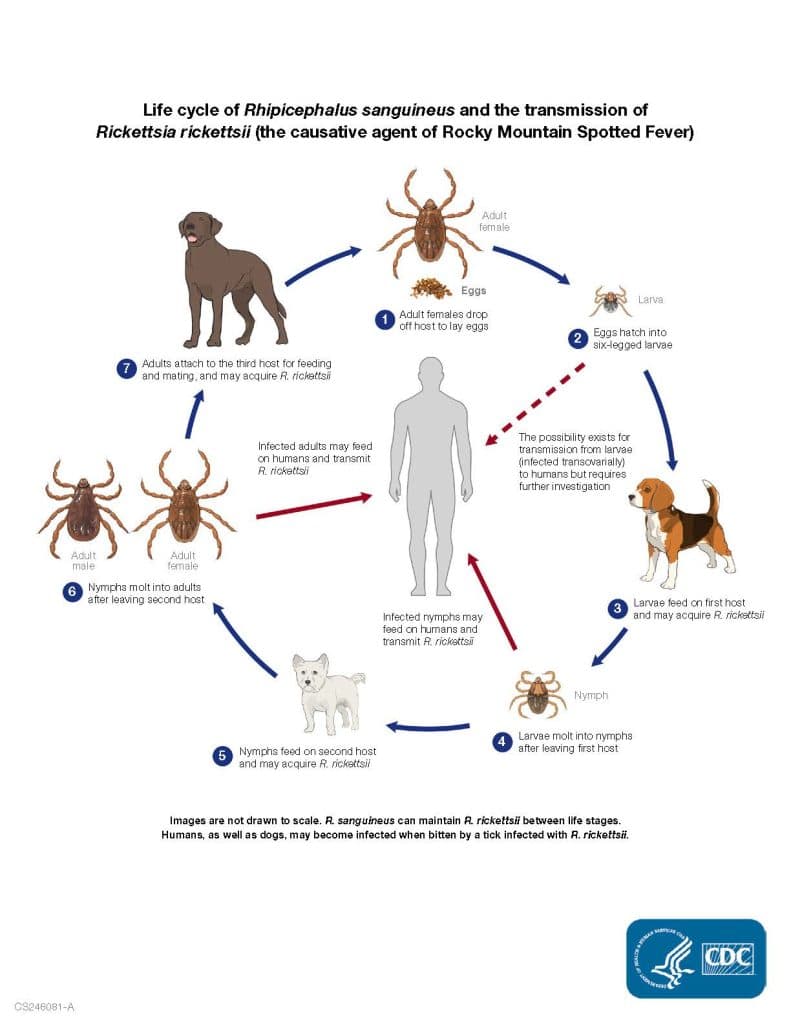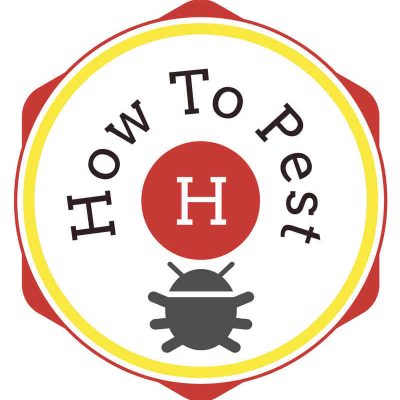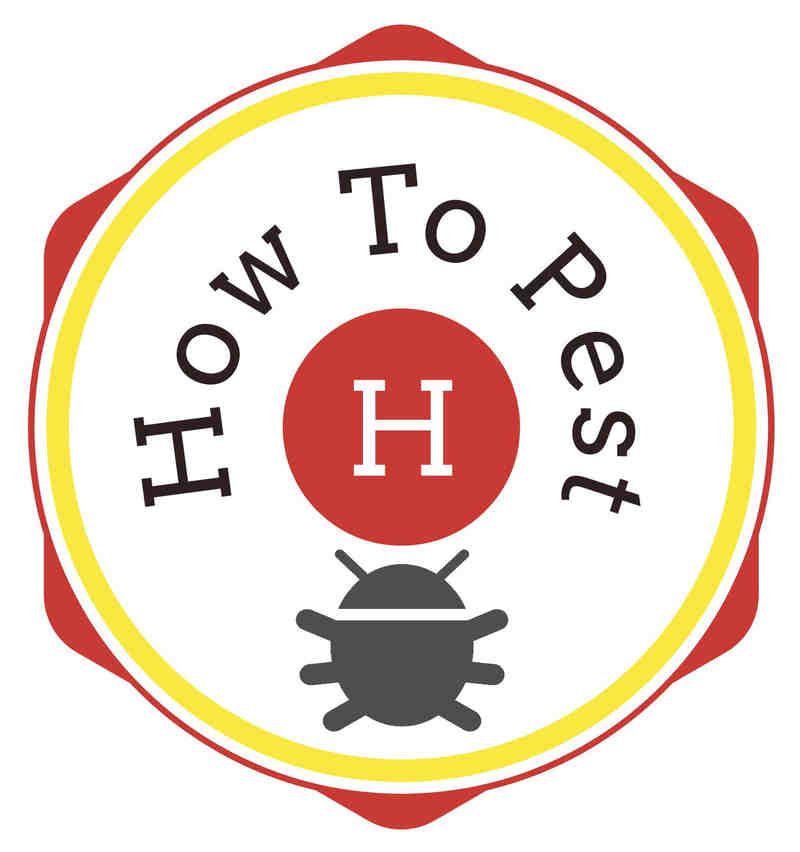Everything you need to know about ticks.

In 2023 we saw one of the worst tick seasons on record! Neighborhoods that never encountered ticks were now removing them from their dogs and cats, left and right! The number of tick-on-human encounters also skyrocketed. Now is the time to arm yourself for tick season, 2024!
Q & A
How many families of ticks are there?

Two. There are two families of ticks found in the United States: hard ticks and soft ticks. Unfortunately, there are 700 species of hard ticks and 200 species of soft ticks which, according to common core math, equals lots of ticks.
Do all ticks transmit diseases?
Fortunately, most tick bites do not transmit microbes (a super fancy way of saying bacteria that causes disease), and only a few are known to bite and transmit disease to humans. In fact, the only ticks that carry Lyme disease are hard ticks.
What diseases do ticks transmit?
The most common disease transmitted by ticks is Lyme disease, but there are a number of others including Rocky Mountain Spotted Fever, Babesiosis, Tularemia, Powassan Virus Disease, and a number of other really long-named diseases that are impossible to pronounce.
What does a tick bite feel like?

Because ticks numb you up by secreting a numbing agent before they latch on with their barbed mouths, you don’t feel a thing. This is why it is more important than ever to do a personal body inspection after you have been in areas likely to have ticks, such as fields or nature paths. The longer Lyme disease has to progress in your body, the more damage it does.
How did you get the tick that is currently feasting on your leg?
Not ones for leaping, flying, or freefalling from trees, they climb to the top of a blade of grass or bush, hold on with their back legs, and once their spidey-sense kicks in (they are part of the arachnid family, after all) and they sense movement, or heat, or carbon dioxide, they simply reach out with their legs and grab or crawl onto a host as it passes by.
What is the best way to remove a tick?
Well, it isn’t to burn it off, that is for sure. Fire plus hair or skin is never a good combo. The best and easiest way is to dig into your wife’s, sister’s, mother’s, or daughter’s makeup bag, grab their fine-tipped tweezers, get as close to the skin as possible and pull that tick upward. Ticks really lock themselves in, so go slow and use a steady amount of pressure. Once the tick is out, stick it in a Ziplock bag and hold on to it, just in case. Also, be sure to clean those tweezers before returning them to the makeup bag. It is just wrong if you don’t.

What should be done after removing a tick from your body?
Clean the area well with warm water and soap, rubbing alcohol, or an iodine scrub. Applying antibiotic cream after is a good idea, as well.
What do you do if you can’t remove a tick?
Contact your health care provider. The longer a tick is attached, the greater the chance of getting a disease from it. A tick carrying Lyme disease needs to be attached for at least 36 hours. Other infections can be transferred in just a few hours, or even a few minutes, so get that tick out ASAP!
When should you seek medical attention?
If you were bitten by a tick and develop symptoms that include a severe headache, difficulty breathing, paralysis, or heart palpitations, you need to get yourself to the emergency room right away. (Actually, even if you haven’t been bitten by a tick and have these symptoms, you should probably high-tail it down to your local ER and get checked out.) Other less severe symptoms that warrant a consultation with your doctor include flu-like symptoms (fever, chills, fatigue, muscle and joint pain, and a headache), rash, or an infection at the site of the bite. If you were bitten by a deer tick (a member of the hard tick family), you will likely need antibiotics as this is the only known tick to transmit Lyme disease.
What do ticks eat?
Blood, blood, and more blood. Without blood meals, ticks are unable to complete their lifecycles. Although ticks will die eventually if they do not get a blood meal, many species can survive a year or more without a blood meal. The hard ticks tend to attach and feed for hours to days. Soft ticks usually feed for less than one hour. Disease transmission can occur in less than a minute with soft ticks.
Lifecycle

What is the lifecycle of a tick?
Ticks have a pretty complex life cycle that includes eggs, larvae, nymphs, and adults. The larvae, nymphs, and adults all need blood meals to survive and will usually attach themselves to a number of different types of animals, obviously including humans, but also snakes, amphibians, birds, and mammals.
How big are ticks?
Larvae are very small, measuring about 1/32 of an inch with only six legs. Nymphs are about 1/16-1/8 inch and have eight legs, and adults measure about 3/16-1/4 inch with eight legs.
How To Get Rid of Ticks
What can be done to get rid of ticks?
Figuring out how to kill ticks isn’t hard but it can be tedious. If you suspect ticks in your yard you will want to treat the whole yard paying close attention to the underside of large rocks or outdoor shelters/sheds and woodpiles. Check out the pesticides that are labeled for ticks available at HowToPest.com. If you have any questions, our super-knowledgeable, experienced technicians are available to help. Simply click on the “Contact Us” button, fill out your info, and ask away! Someone will get back to you asap!




